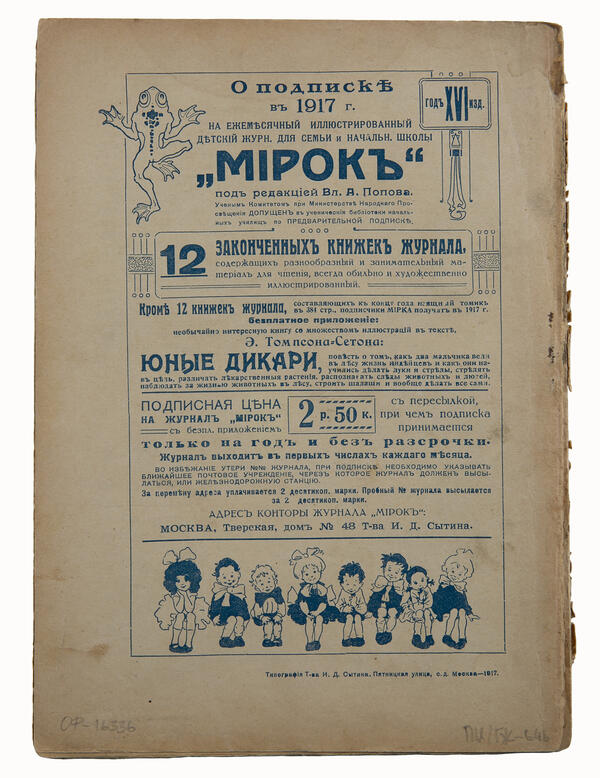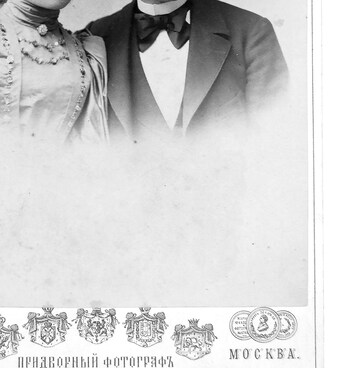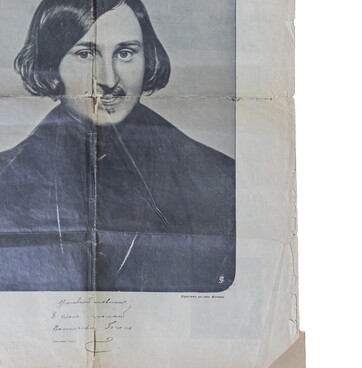“Mirok” magazine
We have made several such attempts. We had magazines for children and for young people. But I must admit that our children’s magazines were not a success. None of them grew into a big deal, and this, next to the great success of children’s books, was a constant mystery to me. The same authors, the same artists worked in the magazines, but the magazines did not sell, while the books did. The only explanation I could give to this riddle was that the very idea of publications issued at regular intervals was not suitable for small children. The psychology of the child requires that a fairy tale or a story, once started, be immediately read to the end. But to read the beginning of the story in January, the middle in February, and the end in March is too much for both children’s memory and children’s imagination. They don’t like it, they don’t enjoy it, and, being forced to divide the attention, it lessens their interest.
The monthly illustrated children’s magazine for home reading and elementary schools “Mirok” (“Little World”), edited by V.A. Popov, lasted longer than other periodicals for children. It was published in Moscow from 1902 to 1917 and contained many stories, poems, illustrations and answers to questions interesting to children. It was in “Mirok”, in its first, January, issue for 1914, that one of the most famous poems of Sergei Yesenin, “Birch”, written in 1913, was published. The poet used the pseudonym Ariston.
At the beginning of March 1913, Seryozha Yesenin joined the printing house of Sytin & Co. Sergei Yesenin found himself in a diverse, cheerful world, smelling of printing ink, paper, and glue. The poet started in the expedition (committee), then moved to proofreading — as a copyholder. The proofreader M.M. Meshkova, who worked in tandem with Sergei, mentioned that the poet was not the best copyholder: curiosity and restlessness hindered his work. Not wanting to wait for new proofs to be brought from the printing shop, he himself ran after them from the proofreading room. At the same time, in March 1913, Yesenin met Anna Romanovna Izryadnova, a proofreader at Sytin’s printing house. ”…so clean, bright, he had an untouched, good soul, he shone bright, ” Anna Izryadnova later recalled. Anna became Yesenin’s common-law wife and the mother of his first son Georgy.


